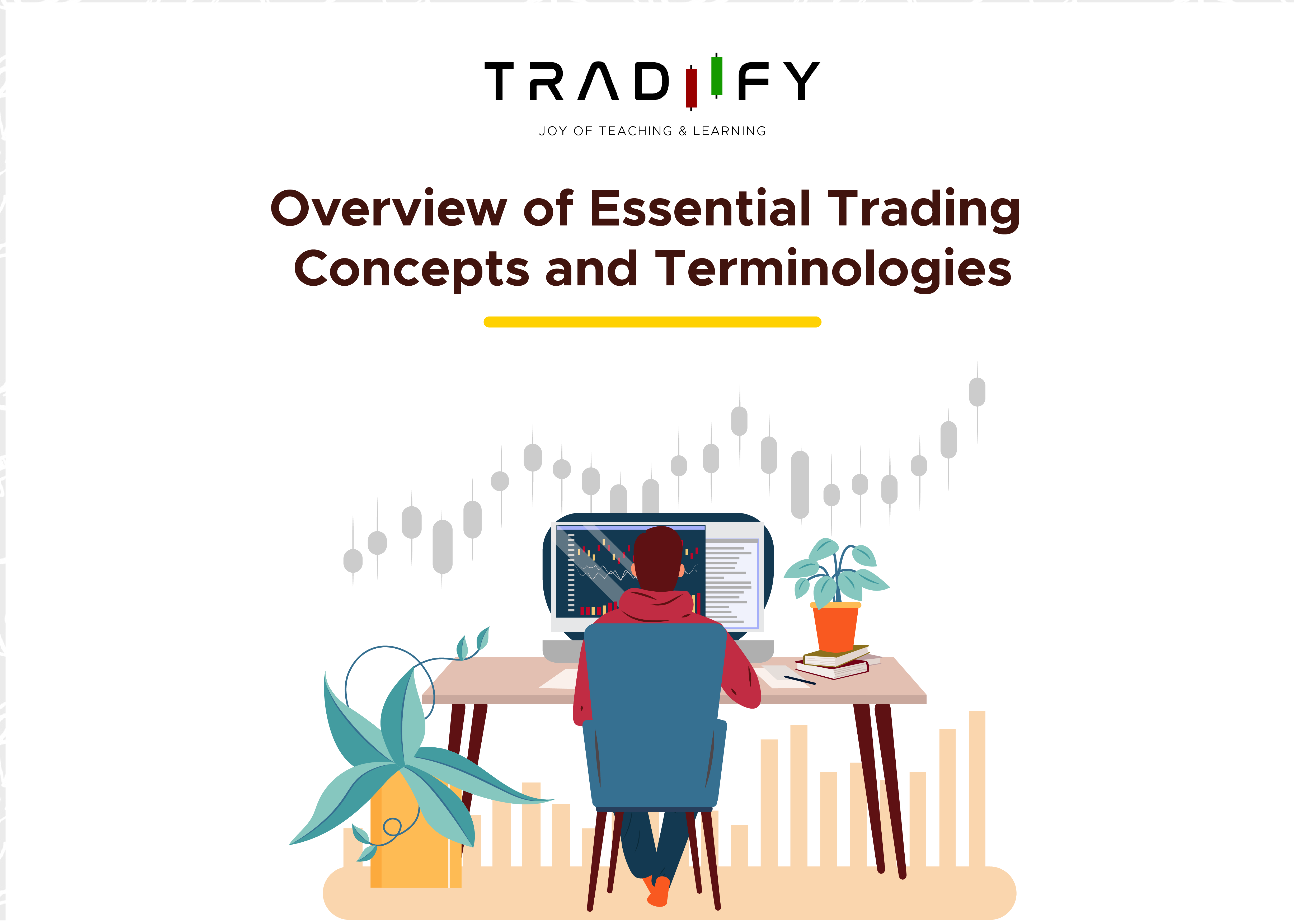
Overview of Essential Trading Concepts and Terminologies
Understanding the fundamental concepts and terminologies in trading is crucial for anyone looking to succeed in the financial markets. Whether you're a novice trader or looking to refine your skills, a solid grasp of these basics will provide a strong foundation for your trading journey. Here’s an overview of essential trading concepts and terminologies that every trader should know.
1. Market Types
Stock Market: A marketplace where shares of publicly held companies are bought and sold. Examples include the New York Stock Exchange (NYSE) and the NASDAQ.
Forex Market: Also known as the foreign exchange market, it is where currencies are traded. It's the largest financial market in the world.
Commodities Market: A market where raw materials and primary products are exchanged. This includes trading in precious metals, energy products, and agricultural goods.
Cryptocurrency Market: A digital or virtual market for trading cryptocurrencies like Bitcoin, Ethereum, and others.
2. Basic Trading Concepts
Buy/Sell Orders: Instructions given to a broker to purchase or sell a security at a specific price.
Bid/Ask Price: The bid price is the highest price a buyer is willing to pay for a security, while the ask price is the lowest price a seller is willing to accept.
Spread: The difference between the bid and ask prices, representing the cost of trading.
Volume: The total number of shares or contracts traded for a particular security or market within a given period.
3. Types of Orders
Market Order: An order to buy or sell a security immediately at the best available current price.
Limit Order: An order to buy or sell a security at a specific price or better.
Stop-Loss Order: An order to sell a security when it reaches a certain price, used to limit an investor’s loss on a position.
Take-Profit Order: An order to sell a security when it reaches a certain profit level, used to lock in gains.
4. Trading Strategies
Day Trading: Buying and selling securities within the same trading day, aiming to capitalize on short-term price movements.
Swing Trading: Holding securities for a few days to weeks to benefit from expected price movements.
Position Trading: A long-term trading strategy where positions are held for months to years.
Scalping: A trading strategy that involves making dozens or hundreds of trades in a single day to "scalp" small profits from each trade.
5. Technical Analysis
Charts: Visual representations of price movements over time. Common types include line charts, bar charts, and candlestick charts.
Indicators: Tools used in technical analysis to identify trends and potential trading opportunities. Examples include moving averages, Relative Strength Index (RSI), and Bollinger Bands.
Patterns: Specific formations on charts that indicate potential future price movements, such as head and shoulders, double tops, and flags.
6. Fundamental Analysis
Earnings Reports: Quarterly financial reports released by companies, including revenue, profit, and earnings per share (EPS).
Economic Indicators: Data points that indicate the overall health of the economy, such as GDP, unemployment rates, and inflation.
Valuation Metrics: Ratios and metrics used to determine the value of a company, including Price-to-Earnings (P/E) ratio, Price-to-Book (P/B) ratio, and Dividend Yield.
7. Risk Management
Diversification: Spreading investments across various assets to reduce risk.
Leverage: Using borrowed funds to increase potential returns, which also increases risk.
Margin: Borrowed money from a broker to trade securities, requiring a minimum balance in the trading account.
Hedging: Using financial instruments to offset potential losses in investments.
8. Regulations and Compliance
SEC (Securities and Exchange Commission): The U.S. regulatory body overseeing securities markets.
FINRA (Financial Industry Regulatory Authority): A self-regulatory organization that oversees brokerage firms and exchange markets.
AML (Anti-Money Laundering): Regulations requiring financial institutions to monitor and report suspicious activities.
KYC (Know Your Customer): A process used by financial institutions to verify the identity of their clients.
Conclusion
Mastering these essential trading concepts and terminologies is the first step towards becoming a proficient trader. Whether you're engaging in stocks, forex, commodities, or cryptocurrencies, a solid understanding of these basics will equip you to navigate the financial markets with confidence.
By leveraging the comprehensive resources and tools provided by Tradiify LMS, you can deepen your knowledge and sharpen your trading skills. Join our community of mentors, traders, and students to enhance your trading journey and achieve your financial goals.
Comments (0)
Categories
Recent posts


Getting Started with Tradiify LMS: A ...
1 Aug 2024
5 Ways an LMS Can Revolutionize Your ...
1 Aug 2024.jpg)
How Tradiify LMS Supports Continuous ...
1 Aug 2024




